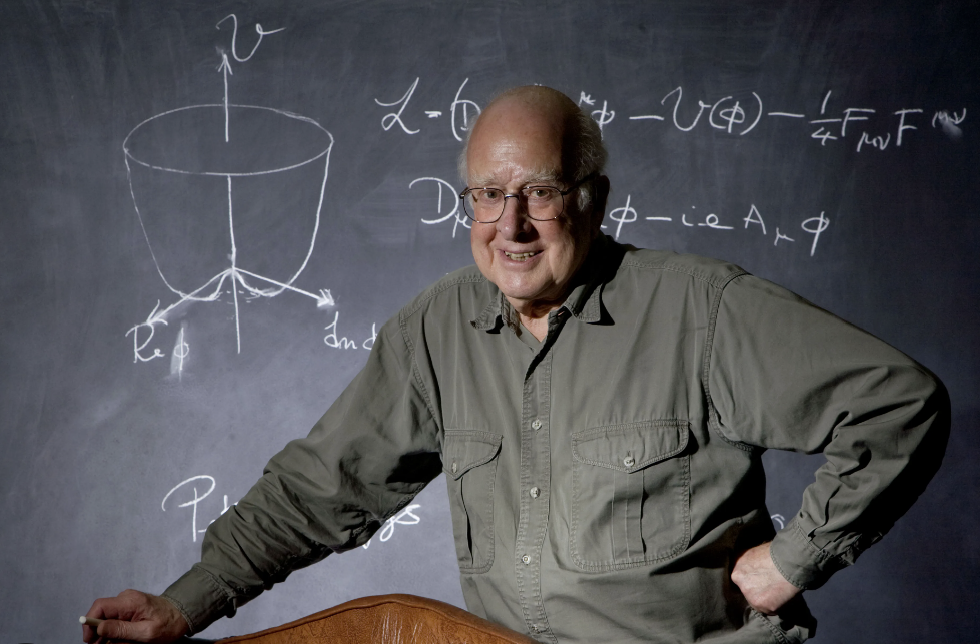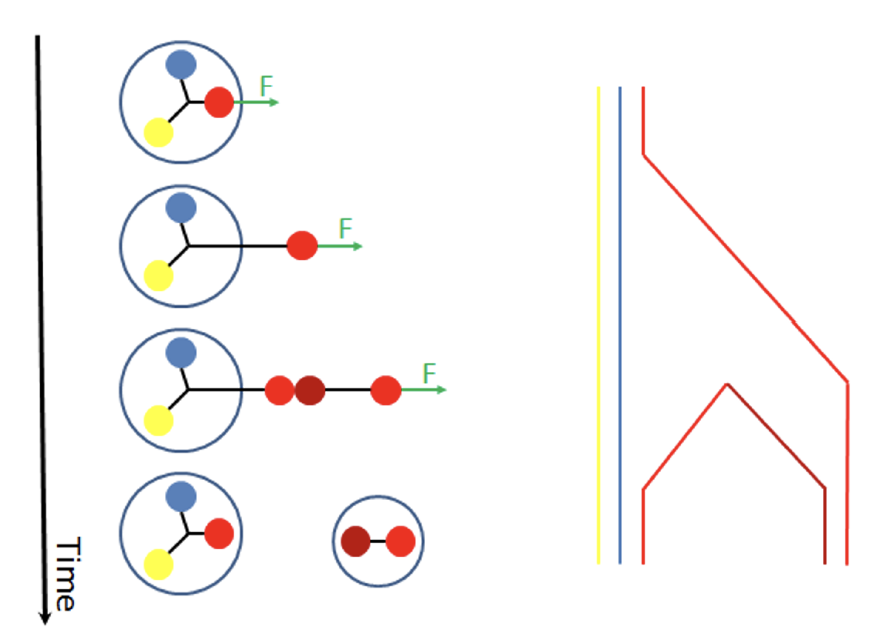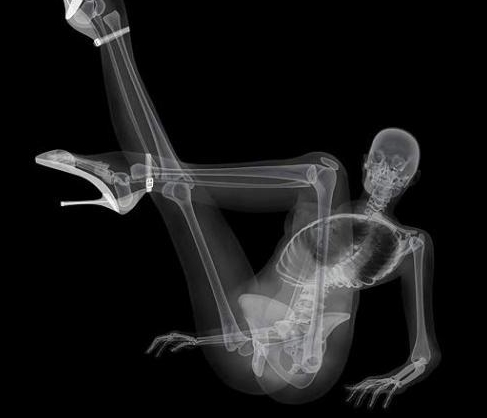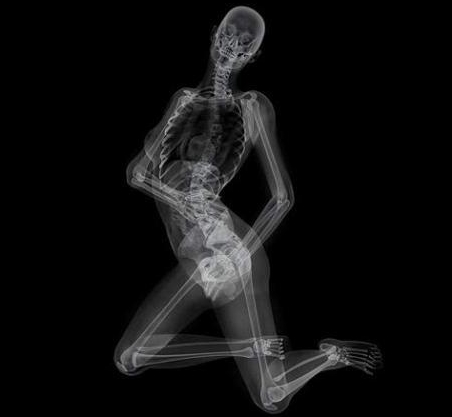 Goodbye Peter Higgs, And Thanks For The Boson
Goodbye Peter Higgs, And Thanks For The BosonPeter Higgs passed away yesterday, at the age of 94. The scottish physicist, a winner of the 2013...
 Significance Of Counting Experiments With Background Uncertainty
Significance Of Counting Experiments With Background UncertaintyIn the course of Statistics for Data Analysis I give every spring to PhD students in Physics I...
 The Analogy: A Powerful Instrument For Physics Outreach
The Analogy: A Powerful Instrument For Physics OutreachAbout a month ago I was contacted by a colleague who invited me to write a piece on the topic of...
 On The Utility Function Of Future Experiments
On The Utility Function Of Future ExperimentsAt a recent meeting of the board of editors of a journal I am an editor of, it was decided to produce...








 mesons into pairs of muons. This important new article hides a small controversy, at least to my untrained eye. And since I am a bitch who thrives in the mud of controversies (or, at least some would describe me that way), let me do precisely that here.
mesons into pairs of muons. This important new article hides a small controversy, at least to my untrained eye. And since I am a bitch who thrives in the mud of controversies (or, at least some would describe me that way), let me do precisely that here.



